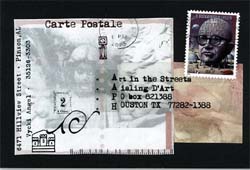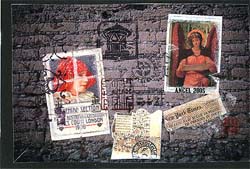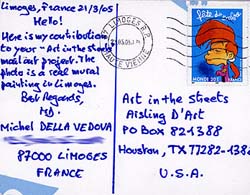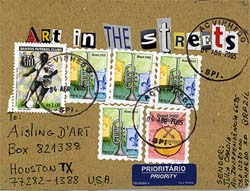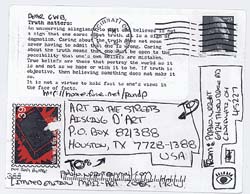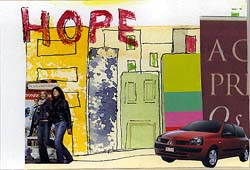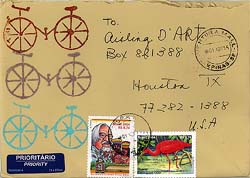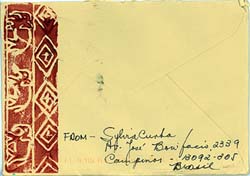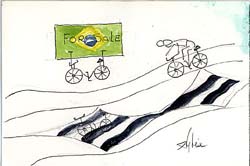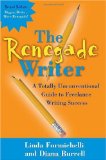Most of us went from making to teaching, pretty directly. In many ways, the best advice is that slogan, “Just do it.”
But, how can you build confidence and prepare for the unexpected?
Start with some “dress rehearsals”
Practice teaching with less formal groups. Older Girl Scouts (high school students) are a good audience. If your church has a social group, especially for women, that might be good.
Consider teaching at senior citizen centers, give a free class at your public library, adult ed center, and so on… all provide ready audiences and good experience for you.
Then, price your classes low to get word-of-mouth publicity at local shops. Teach as many classes to as many people as you can.
I’d start with a project-oriented class… a single product… something that they can complete during the class. Then, find a balance between process and product. No two teachers work alike in that respect, and different students arrive with different expectations. Working around those variables takes some practice.
Bring more than you think you’ll need
Handouts are good. They should outline, step-by-step, how to complete the product or process that you’re teaching. Illustrations are very helpful. Some students need to see it in print… it’s how they process information.
Bring extra supplies and tools. There will always be one student who didn’t bring the right supplies. Also, every student loves an opportunity to experiment with tools or unusual materials before buying their own.
For example, I often bring my grommet hardware if we’re working with fabric, or dies with letters on them if there’s anything where we can use metal (or even copper tape).
Which “extras” you bring will depend upon what you’re teaching, of course.
Every class has surprises
Start with a small number of students if one-on-one time is important. Five or six students can work well if you’re teaching a lot of technique.
If you teach larger groups, there can be trade-offs, and that can be a dilemma. The larger the group, the more likely you’ll have more than one student who doesn’t “get it.”
In a class of 20+ (the size that I usually teach), there will often be one or two students who arrive unprepared, who didn’t really understand the class description, or who are simply feeling grumpy.
If it’s one student, you can work with them individually to help them overcome hurdles. If two or more are unhappy, they talk with each other and there can be an unfortunate ripple effect.
Never, ever take that personally.
Adapt quickly and give one-on-one time if it’s clear that someone just isn’t getting it, and he or she is frantic to figure things out.
Otherwise–especially if two or more students are “stuck”–it’s good to have a second, less challenging project in the back of your mind, that uses the same materials.
After lunch, check with each student to see how he or she is doing. That’s the best time to identify people who need extra attention, while there’s still plenty of classroom time left.
At the other end of the spectrum, every class includes at least one student who’s qualified to teach, whether they do so or not. Let them be helpful, if they want to.
Some of my best classes have resulted from fabulous moments when a student offered to share his or her special tricks and techniques with a particular medium… from cast toilet tissue ornaments, to a clever page-folding design for an altered book.
Your rapport with your students can make all the difference.
The occasional disaster
Now & then a grumpy student will let the anvil drop (sometimes literally) about ten minutes before the class is over, or as she’s going out the door.
It’s one of the hardest things to get past when it happens. We want every student to be very happy with our classes.
If they’re not, we’d like clues or comments while we still have enough time in the day to get them back on track… and happy.
Check with each student throughout the day. Look for hints when someone needs one-on-one time.
That’s the best you can do, usually.
If you have unhappy students in every class, or more than 20% of your students leave class disgruntled, re-examine what you’re teaching and how you’re teaching it.
You may need to make a small change or two, such as a faster or slower pace. Maybe your students each need more space to “spread out,” or need extra breaks during the day.
But, don’t let the occasional, very vocal critic wear you down, especially if you had no opportunity to fix whatever they thought was wrong.
Remember that it happens to all of us, and every teacher feels awful when a student leaves unhappy… no matter whose fault it was.
Fortunately, this kind of surprise is rare. I’m just telling you about it so you don’t quit teaching the first time it happens.
Nobody’s perfect. Just do your best.
Don’t try to be all things to all people. You can’t do it.
Do your best to keep the majority of your students happy, and teach only what you love.
Every teacher has an “off” day now and then. Sometimes it’s your fault. Sometimes, it’s outside your control… a too-hot (or too cold) room, and so on.
Try always to have a “Plan B” for every possible surprise. There will still be occasional disasters… the kiln that won’t heat, the darkroom that has a light leak, or rainy weather when your class includes an outdoor activity.
Students are generally very understanding, if you’re ready with an alternative project and a sense of humor.
And, in many cases, you can take what looks like a total fiasco, and turn it into your best class ever. It all depends upon the situation, your alternative resources, and how quickly you can think on your feet.
In most cases, you’ll come up with creative solutions to unexpected challenges.
Your students will feel that the class was entirely worthwhile, and even laugh about things that went a bit awry. Sharing creativity is what matters. Your students’ discoveries and “ah-HA!” moments can be tremendous. That’s what makes teaching rewarding, and that’s why we keep teaching… not the paycheck.
Practice makes… better!
At each class, you’ll learn more about teaching, about students, and even about your art techniques & materials.
As you gain experience, you’ll get better & better. Before long, you’ll be ready to teach in more professional venues such as shops with fabulous reputations, and absolutely amazing national art events.
Start small, learn as you teach, and keep it fun.






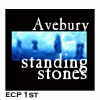


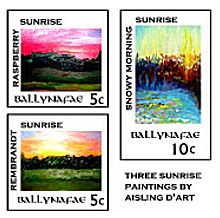

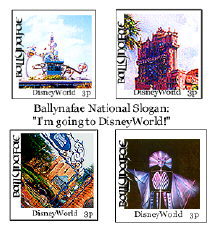

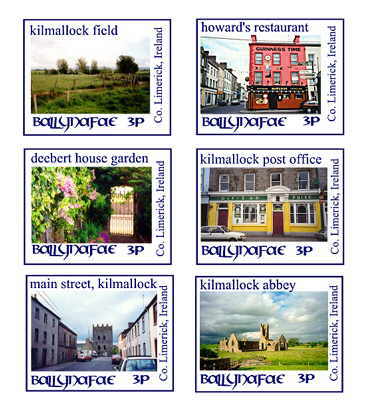
 I’m not an attorney, so this is my personal opinion.
I’m not an attorney, so this is my personal opinion.